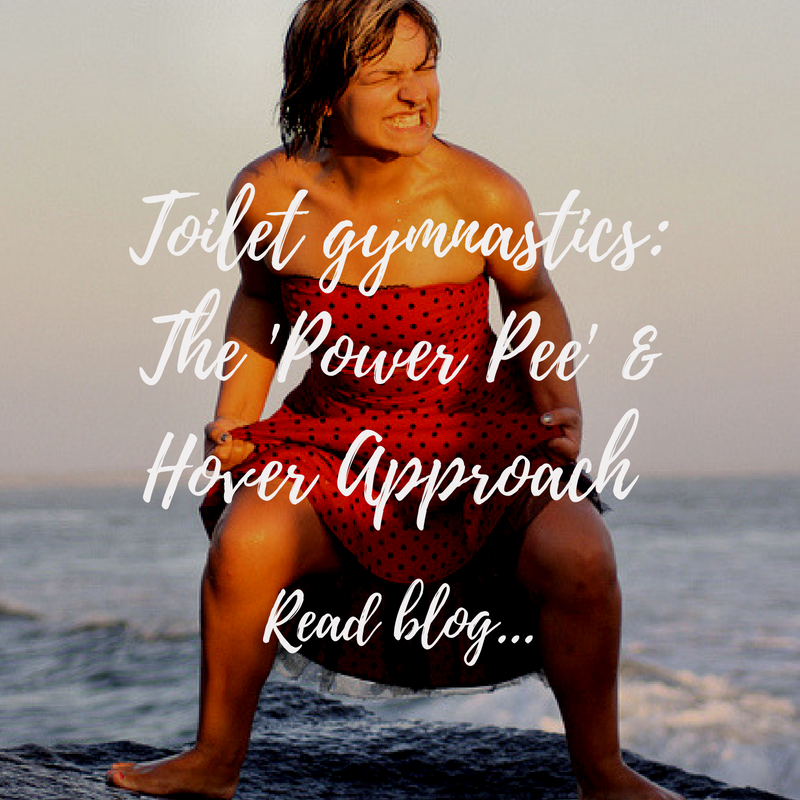Some post mastectomy breast cancer patients are turning to nipple/areola tattoos as an additional step forward in their recovery process. These tattoos not only help with physical and emotional healing, but also these women feel that they are now regaining control of their bodies.
Read MoreThinking about expanding your rehab practice to include breast cancer patients? Here are common characteristics I have noticed in therapists who serve this population.
Read MoreThis morning I wrote a handout about how to prevent seromas after breast cancer surgery. Why is this important? Because seromas impede post-op healing and physical function & ain’t nobody got time for that!
Read MoreResearch has shown that 21% of breast cancer patient experience shoulder dysfunction (classified as ‘poor’ on the DASH outcome measure) 6 weeks after surgery, and 25.6% 6 years later (Schmitz et al, 2012). However, shoulder dysfunction drops to just 4% when early rehabilitation is implemented! (Springer et al, 2010). Serratus anterior dysfunction is just one of many reasons for shoulder dysfunction in breast cancer patients.
Read More60% of breast cancer survivors will experience a side effect of treatment that is amenable to rehabilitation…
Read More“A Day on the Lake” is an annual day retreat for cancer survivors in Western North Carolina. Read about the power of this day and why we do it here.
Read MoreIt’s important for moms to get to know their body after baby even if they don’t have any troublesome symptoms! Here’s why…
Read MoreWe live in a fast-paced world; as a pelvic physical therapist I have some interesting insights about what can contribute to constipation for people who are on the go (but, not going).
Read MoreBreast cancer survivors need to think about heart health and so do the providers working with them.
Read MoreThe annual gift guide for the pelvic health specialist in your life has ARRIVED!!
Read MoreMany patients have beautiful results after latissimus dorsi flap reconstruction, but we ought to recognize the potential compromise of myocutaneous flap procedures on shoulder and core function, counsel patients accordingly, and offer early intervention with rehabilitation when necessary.
Read MoreWhy is diarrhea and GI upset more common in runners and how might a pelvic health specialist help?
Read MoreBowel massage is a conservative self-remedy that is making a come back and proving in the research to be a valid tool for improving bowel health.
Read MoreI've attempted to summarize my experience as a resident, address the pros and cons and offer some alternatives for everyone here.
Read MoreThe purpose of this article is to help the reader understand the physiological mechanism behind estrogen depletion and lower urinary tract symptoms (LUTS) and the efficacy behind medical and conservative treatment options.
Read MoreLet’s examine in more detail why practicing pelvic floor muscle contractions on the toilet can confuse urination and lead to bladder dysfunction.
Read MoreThe ‘power pee & hover’ approach; it is a common form of toilet gymnastics, but if done too often, may lead to pelvic floor dysfunction.
Read MoreFor almost a decade I gave my patients copies of a bladder diary I googled on-line, but I realized that one bladder diary wouldn't suit all of my patients (in fact I needed multiple versions), so...I re-invented the wheel a little bit…
Read MoreWhy ‘small bladder’ syndrome is a myth, the likely cause and what to do about it!
Read More


















